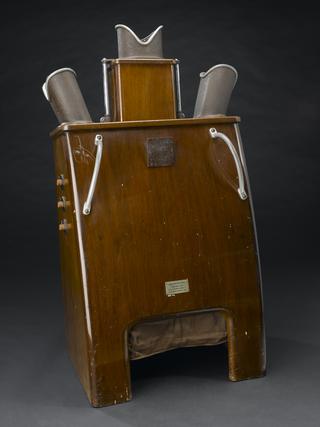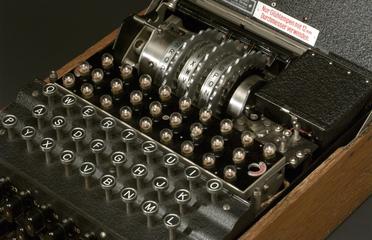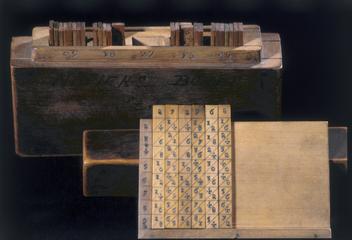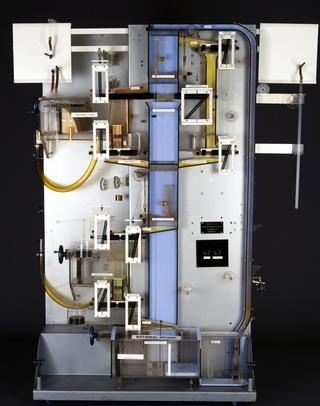
Electronic storm surge modelling machine made by Shizuo Ishiguro
- Made:
- 1960-2007
















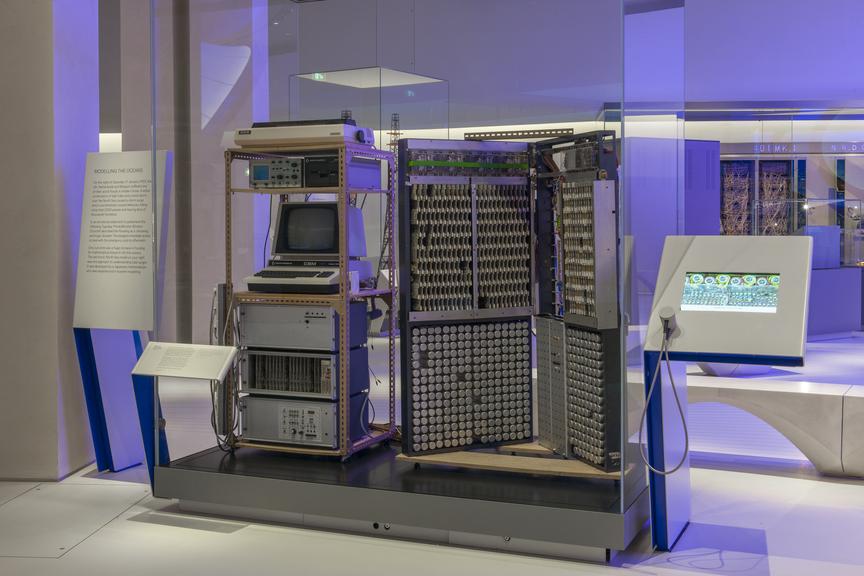

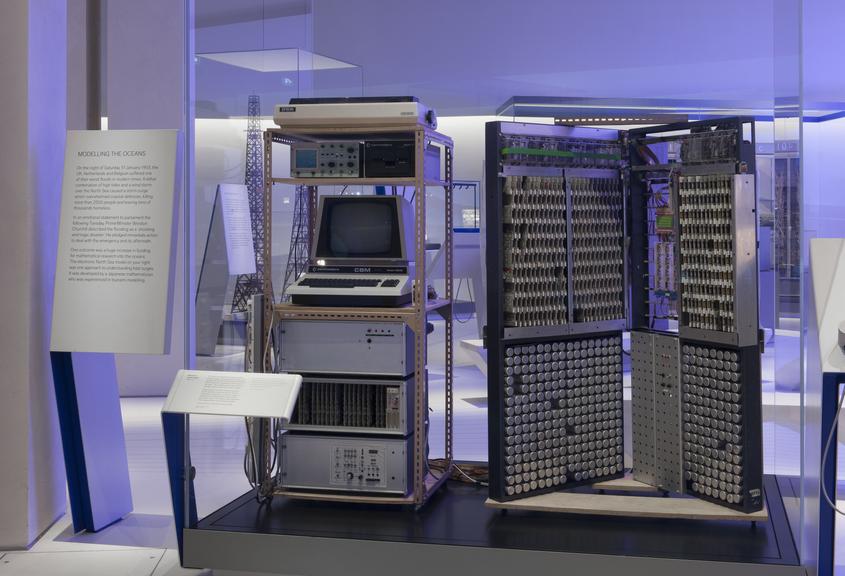




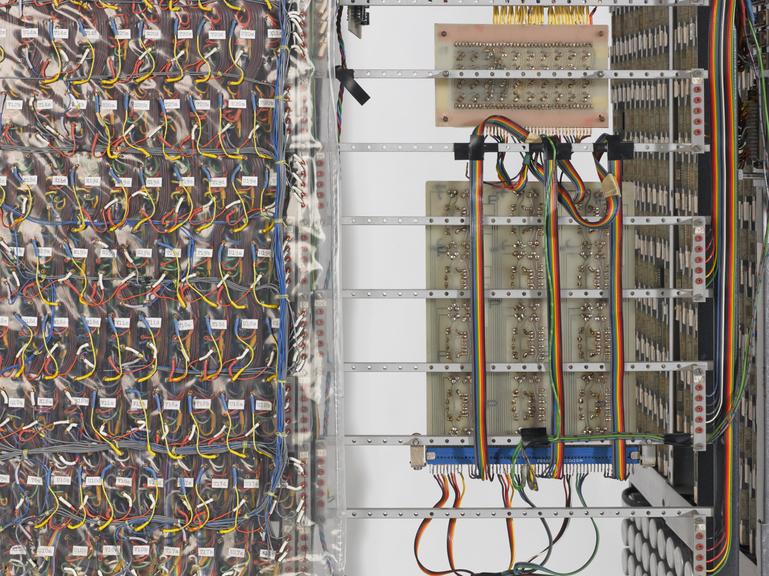


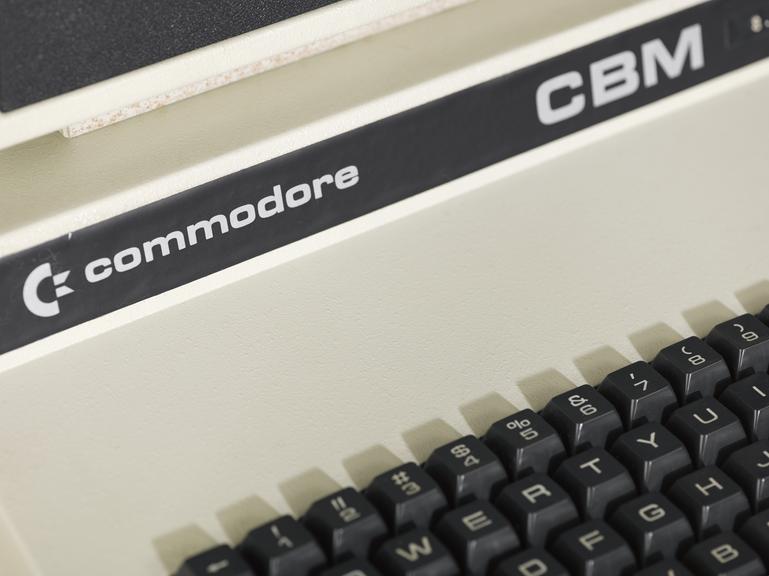
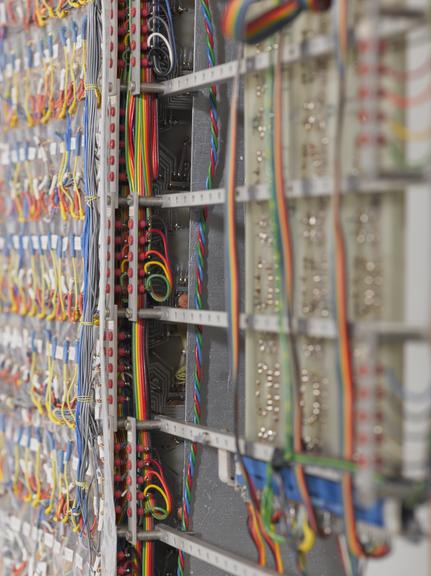

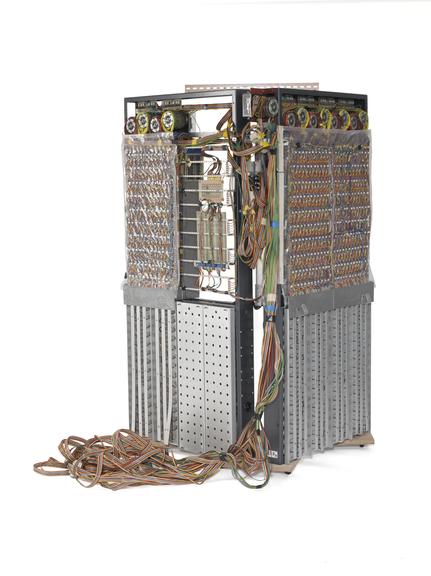
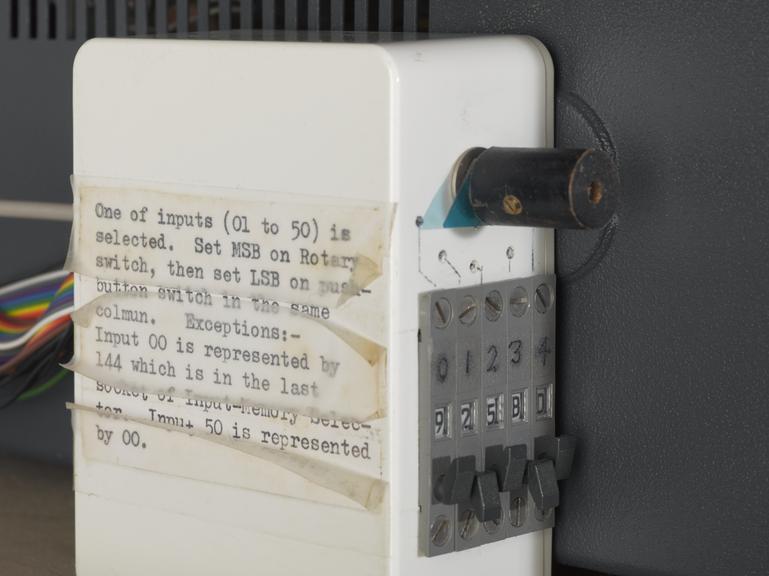
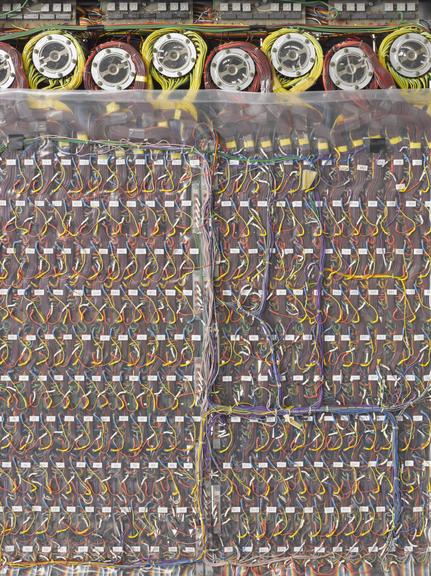
Electronic storm surge model, invented and constructed by Shizuo Ishiguro at the National Institute of Oceanography, Wormley, 1960-2007. The electronic storm surge model is a depth-integrated single-layer two-dimensional electronic model based on hydrodynamic equations used to examine tidal surges, comprising three main units; a unit holding the input and output devices (Advance Instruments OS-240 oscilloscope, Commodore CBM 8032 Computer and Commodore 2031 5¼" floppy disk drive, and another two units (connected and wired together in a V formation) forming the mesh framework of the machine.
A catastrophic North Sea tidal surge in January 1953 killed 2500 people and left tens of thousands homeless. In the UK alone, 160,000 acres of farmland were flooded, killing tens of thousands of animals. Additionally, 200 miles of railway lines, 24,000 homes, 200 major factories, twelve gasworks and two power stations were inundated along the coast. Within six months of the devastating North Sea Flood, the UK government had begun investing heavily in ocean research. The director of the National Institute of Oceanography in Surrey, George Deacon, scoured overseas institutes and conferences for promising talent.
Since 1949 a 29-year-old Japanese ocean scientist at the Nagasaki Marine Observatory, Shizuo Ishiguro, had been working on a project to apply electronics to storm surge prediction, enabling more complex modelling. Deacon met Ishiguro at an oceanography conference in Japan and was intrigued by his pioneering use of electronic models, telling the young scientist, ‘you must come and show us how to do it’.
In 1956, Ishiguro decided to continue his studies in Britain and moved to the institute in Surrey, where he made a six-foot-high electronic model of the North Sea. His model contributed to a growing sophistication in the oceanography industry. It was used for several years and was continually modified and improved as new technologies became available. Its flexibility meant it could model any sea or ocean—it was just a case of changing the programme.
It also helped meet new challenges. Throughout the 1950s the North Sea came under increased scientific scrutiny as major reserves of oil and gas began to be discovered. In the 1960s, research efforts rocketed. By 1967 the petrochemical industry had invested £100 million into oceanographic research, including waves, tides and weather effects. Mathematicians modelling the North Sea had never been in greater demand.
After Shizuo Ishiguro retired, he took his ocean model home, where it was housed in his garage to be tinkered with and modified.
Look closer
Electronic storm surge modelling machineDetails
- Category:
- Oceanography
- Object Number:
- 2015-15
- Materials:
- metal (unknown) and wood (unidentified)
- Measurements:
-
Computer tower: 1530 mm x 608 mm x 550 mm, 60 kg
Wire mesh framework: 1470 mm x 1000 mm x 660 mm, 128 kg
Overall footprint: 1530 mm x 1950 mm x 1100 mm,
- type:
- storm surge model
- credit:
- Shizuko Ishiguro
